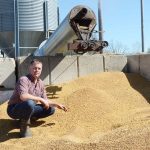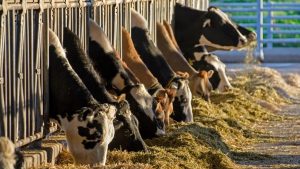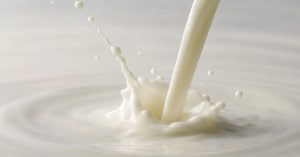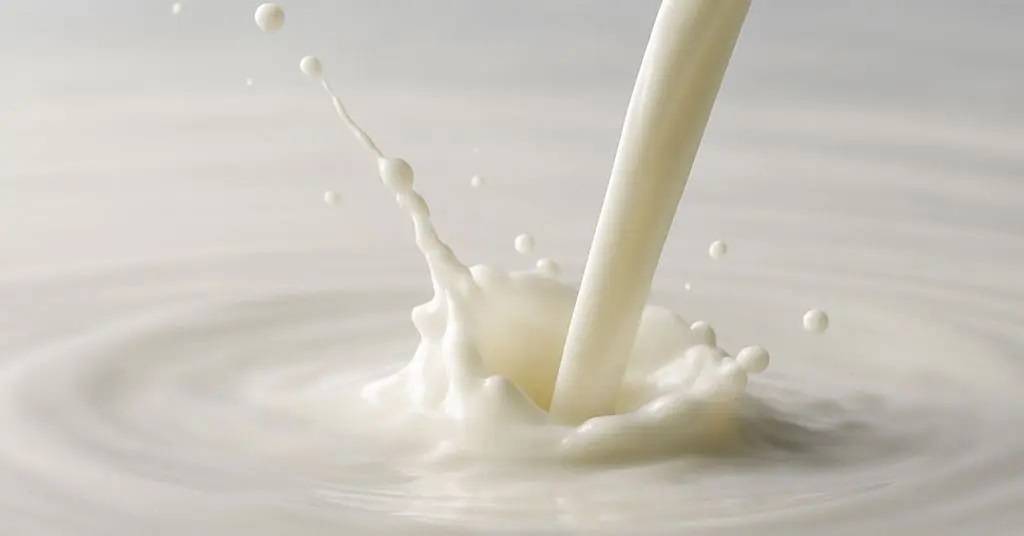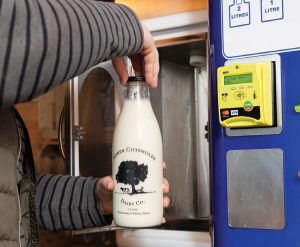
Butterfat exports are running at more than double the pace compared to the past two years.
In recent times, the dairy industry has witnessed an intriguing trend: butterfat exports are running at more than double the pace compared to the past two years. This is an impressive growth trajectory, and it raises important questions about the potential future of butterfat supply.
Navigating Milk Production Trends
Milk futures have tried to increase in recent weeks as there seemed to be growing support from the underlying cash. However, increasing milk output as the spring flush continues leaves processing plants with sufficient milk supplies for demand. Some reports from plants indicate their milk supplies are tight, but that seems to be confined to some areas. Spot milk prices last week were as much as $7 below class in the Central region, with the increasing milk supply needing to be moved, and a discounted price is the result.
The increase in milk production has been higher than anticipated. March milk production was 0.9% higher than March 2024. One reason was the increase in cow numbers of 8,000 head from February, with the nation’s dairy herd at 9.40 million head, up 57,000 head from a year ago, but also a 6-lb. increase in milk production per cow from a year ago.
The increase in cow numbers was not completely unexpected, as culling slowed from a year ago. In fact, March dairy cattle slaughter showed reduced culling compared to the previous year for the 19th consecutive month. The increase in milk production per cow has been the surprise. This combination will keep a sufficient milk supply available and make buyers less aggressive in the spot market.
Butter: The Market’s Pivotal Player
Butter has been the topic of conversation as the price declined since the beginning of the year and stabilized since early March, trading in a sideways range. This was not like a year ago, when the butter price increased from the beginning of the year until it peaked in early September. Demand was good, and the cream supply was not quite as abundant as it has been this year.
Butterfat exports ran below 2023 for the first three months of 2024 before outpacing the previous year, yet the price of butter increased. Exports began to rise above the previous year in June 2024 and remained that way through the rest of the year. However, when the price peaked in early September, it fell dramatically through the end of the year. The butter price in 2023 remained sideways, ranging from $2.32 to 2.45 for much of the first half of the year before increasing dramatically, reaching a record high of $3.50 in October.
Butterfat exports were below the previous year during the entire year. The butter market is currently showing the opposite of the past two years, with exports more than double the volume of 2024 and 2023. It makes one wonder whether butter is a sleeping giant that will awaken during the summer.
The Future Outlook of the Dairy Market
The large difference between the U.S. price and world prices will keep international demand strong despite any impact that tariffs might have, which seems very limited so far. The tariff war with China will have a limited impact on butterfat exports, as they import a limited volume. Once the butterfat content in milk declines seasonally and demand improves, the butter price could move significantly higher. We might have already seen an early indication of this as the butter inventory increased by 18.1 million pounds in March, which was lighter than usual.
This put the butter inventory 4% higher than a year ago. Butter inventory in January was 9% above a year earlier, with inventory in December 2024 at 11% above a year earlier. It will be interesting to see how this develops as the year progresses.
You can now read the most important #news on #eDairyNews #Whatsapp channels!!!
🇺🇸 eDairy News INGLÊS: https://whatsapp.com/channel/0029VaKsjzGDTkJyIN6hcP1K


